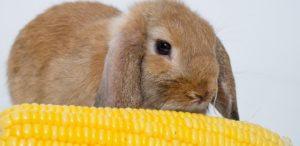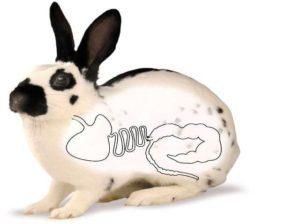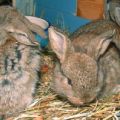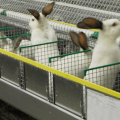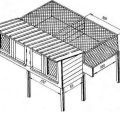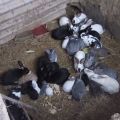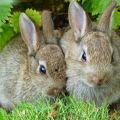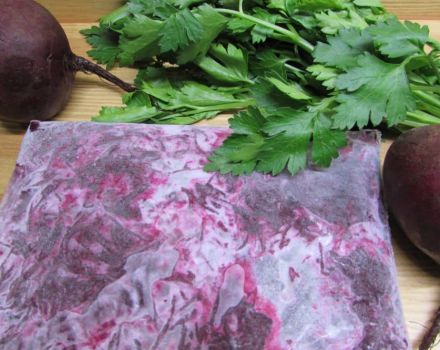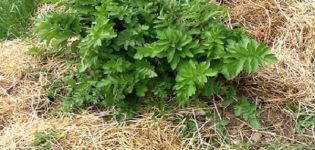Pros and cons of keeping rabbits in winter and rules at home
The rabbit's body is adapted to winter conditions, but nevertheless, for the successful keeping of rabbits in winter, it is necessary to prepare the rabbitry, follow the recommendations for care and feeding. During the colder months, animals should not be allowed to stay in a damp room with drafts and sudden temperature fluctuations. Failure to comply with the conditions of detention leads to weight loss and the appearance of colds in rabbits.
Can rabbits be kept outside in winter?
You can keep pets outside of a closed room in winter. It will even benefit the animals, but subject to keeping conditions and quality feeding.
Benefits
Keeping rabbits outdoors has the following benefits:
- Freezing weather helps to strengthen the immune system of pets.
- Less money is spent on warming the cages than on building a buried rabbitry.
- In the frosty period, many pathogens die, thereby reducing the likelihood of affecting the livestock by infectious pathologies.
- Animals breathe fresh air around the clock.

disadvantages
There are also disadvantages of keeping rabbits outdoors in winter, but they are insignificant; with proper arrangement of cages and high-quality nutrition, they do not interfere with pets to live fully:
- In high frost, reaching -30 ° C, the immunity of rabbits suffers.
- To obtain offspring in winter, the installation of artificial light sources is required to extend the daylight hours, which makes fattening for electricity heavier.
- Drinking water must be constantly heated so that pets do not catch cold while consuming it.

What temperature rabbits can withstand
Rabbits look delicate and weak, and inexperienced farmers naturally wonder if their pets are afraid of frost. They are afraid, but only the strong.
Thanks to a fluffy coat with a dense undercoat, the rabbit's body can easily withstand temperatures down to -12 ° C. For 2-3 days, the rabbit can withstand temperatures as low as -18 ° C. If the cages are well insulated, then the animals will tolerate a short-term drop in temperature to -25 ° C. However, the long-term presence of animals in extreme temperature conditions is unacceptable. If prolonged frosts are predicted, then it is better to move the pets indoors.
The optimum temperature for the rabbit's body is from +10 to +18 ° C, and the humidity is 60%. Unfavorable microclimatic conditions cause a deterioration in health.
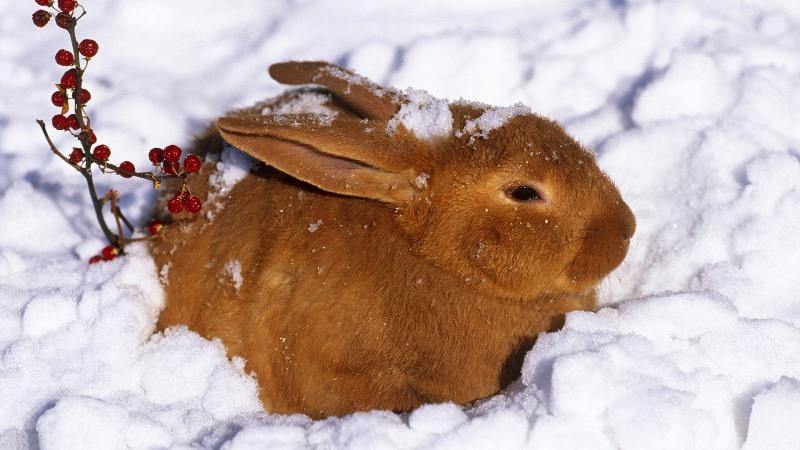
Preparing cells for cold weather
Tips for novice farmers on how to warm rabbit cages for winter:
- The first step is to insulate the floor in the cages.To do this, it is covered with a thick plywood sheet. Or they make boardwalk. Lay a dense layer of straw or sawdust on top. Do not forget to regularly change the litter during the winter.
- The cage doors are closed with plywood or polycarbonate foil.
- The back and side walls are insulated with foam plates, felt or synthetic fiber. Moreover, it is better to put the insulation on the outer surface of the wall, and cover it with roofing material or other dense film material on top.
The insulating coating is removed in the spring, as soon as warm weather returns. Otherwise, mold will begin to multiply inside the cells due to increased pairing.
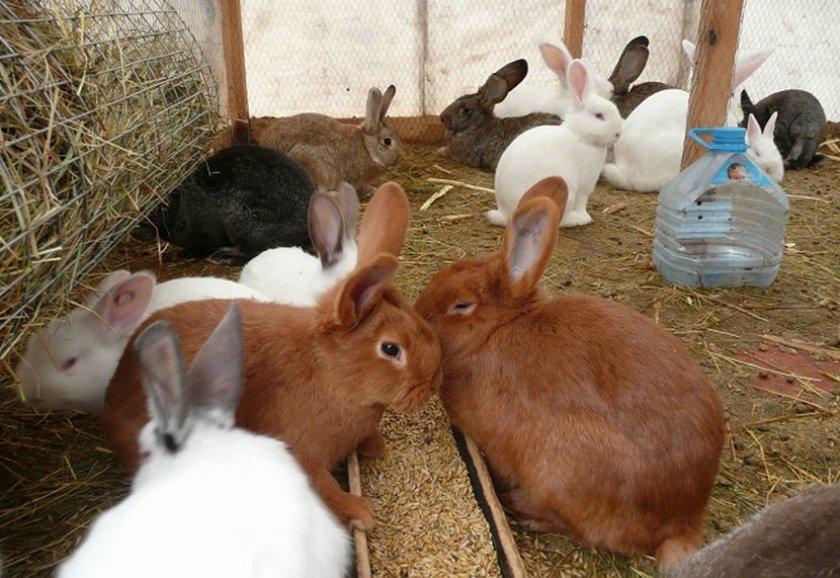
In winter, the cages in the yard should be so that they are covered by a building on the north side. It is advisable to make two rows with a narrow passage between them, so that the cage doors look at each other. With this design solution, it is even possible to make a pitched roof, under which the light source can be fixed. And on the north side, you can put a temporary plywood fence.
It is advisable to keep cells with young individuals at home in a shed or greenhouse. To keep rabbits in greenhouse conditions in winter, even cages are not needed, it is enough to build a mesh enclosure inside, deepened into the ground by 0.5 m.But it must be borne in mind that in spring females can dig holes and close up offspring.
How to feed and drink?
If it is wrong to keep rabbits in winter, then their body will not be able to maintain normal vital activity in conditions of low temperatures: immunity will weaken, followed by exhaustion, loss of body weight.
Therefore, pets should be fed in winter with high quality, food should be high-calorie and warm.
Do not give rabbits cold water. It needs to be warmed up regularly to keep it at a comfortable drinking temperature. Some farmers make their job easier by giving their pets snow instead of water. But this is a bad option, fraught with colds in rabbits.
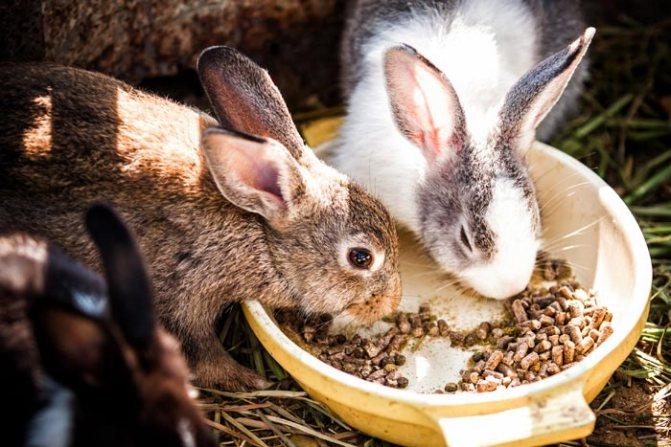
The basis of the winter diet is hay. In winter, rabbits should receive succulent food (vegetables and roots), branches, silage - these are sources of vitamins and minerals to strengthen immunity. It is necessary to ensure that the mash and juicy vegetables placed in the trough do not freeze. The frozen food is taken away, thawed, and put back into the trough.
Breeding features
In winter, rabbits can happen, but subject to certain conditions:
- Rabbits that have already given birth are selected for mating.
- Selected females must be in good health.
- Animals happen in a warm room.
- Mating is organized on days when there is no severe frost.
- Before giving birth, the mother liquor is disinfected.
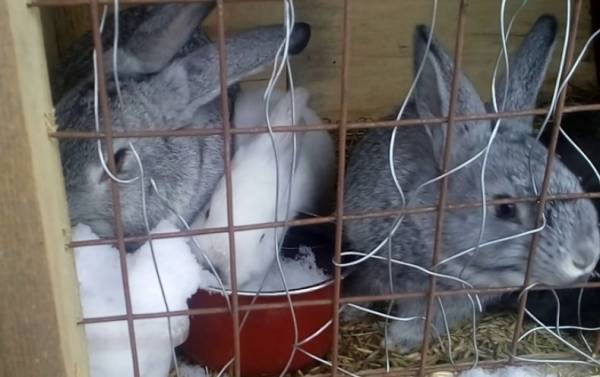
In winter, a pregnant rabbit is moved directly to a cage with a nest in a greenhouse. The mother's bed should be kept clean and the room ventilated, but free from drafts. While the female is carrying offspring, the room temperature should not fall below +5 ° C.
In order for the rabbits born in the winter to remain healthy, the temperature around them should be about +30 ° C. It is important to control that the female does not leave the cubs for a long time, so that she feeds them at least 2 times a day.
Possible problems
Although caring for rabbits in winter is not particularly difficult, and infectious pathologies rarely occur, with insufficient warming of cells and a poor-quality diet, pets start having problems due to hypothermia and weakening of the body.
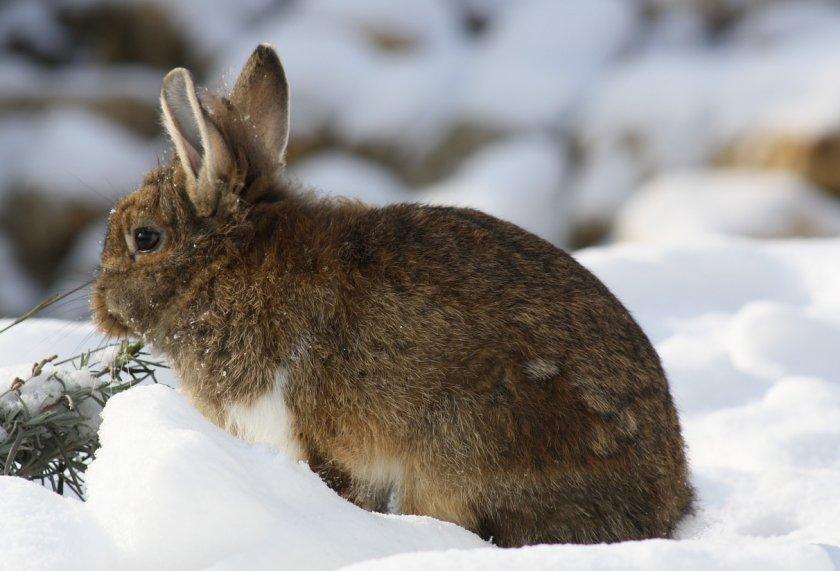
Often, errors in winter keeping rabbits are subject to frostbite.The problem occurs when the air temperature drops to -25 ° C. Paws and ears are the first to freeze. The injured animal is worried, licks the affected parts of the body, sits in unnatural positions.
There are 3 stages of frostbite:
- 1st - the skin turns red, swells in certain areas, the sick animal must be taken to a warm room, lubricate the damaged areas of the body with fat;
- 2nd - blisters are formed, the injured rabbit is kept warm, the affected area is smeared with camphor oil;
- 3rd - the affected area is deformed, dries up, in this case, you cannot do without veterinary assistance.
In winter, rabbits often develop rhinitis. More often it is cold, less often it is infectious. The main symptoms are mucous nasal discharge, sneezing, lethargy, poor appetite. If the nasal mucus is transparent, then the rhinitis is cold. If green or yellowish white, then infectious. The sick rabbit is transferred to a warm room, well fed, given vitamins, washed out the nasal passages with a solution of "Furacilin" (1: 100). A veterinarian is responsible for treating an infectious rhinitis.

On frosty days, the rabbit may develop bleeding, painful calluses on the soles of the paws. The pathology is called pododermatitis. The sick animal is kept in a warm room, well fed, and the wounds are treated with medicines prescribed by a veterinarian.
Frost-resistant breeds of rabbits
All rabbits quickly adapt to temperate winter conditions. With good care and nutrition, animals can survive outdoors without problems. Rabbit breeds bred for fur and down are especially resistant to cold weather. But meat breeds are also quite adapted to unfavorable conditions, since they also have a dense undercoat.
The following breeds of rabbits are suitable for outdoor keeping in winter:
- Californian;
- Soviet chinchilla;
- white New Zealand;
- blue Viennese;
- butterfly;
- burgundy;
- downy angora;
- downy white;
- white giant;
- black-brown;
- Russian ermine;
- silver;
- Soviet marder.
Proper maintenance, quality care and good nutrition are factors that contribute not only to maintaining the health of the rabbit livestock in the winter, but also to the appearance of offspring with strong immunity. Taking good care of rabbits in the winter, the farmer gets healthy animals with good weight in the spring, ensures the profitability of the business.
